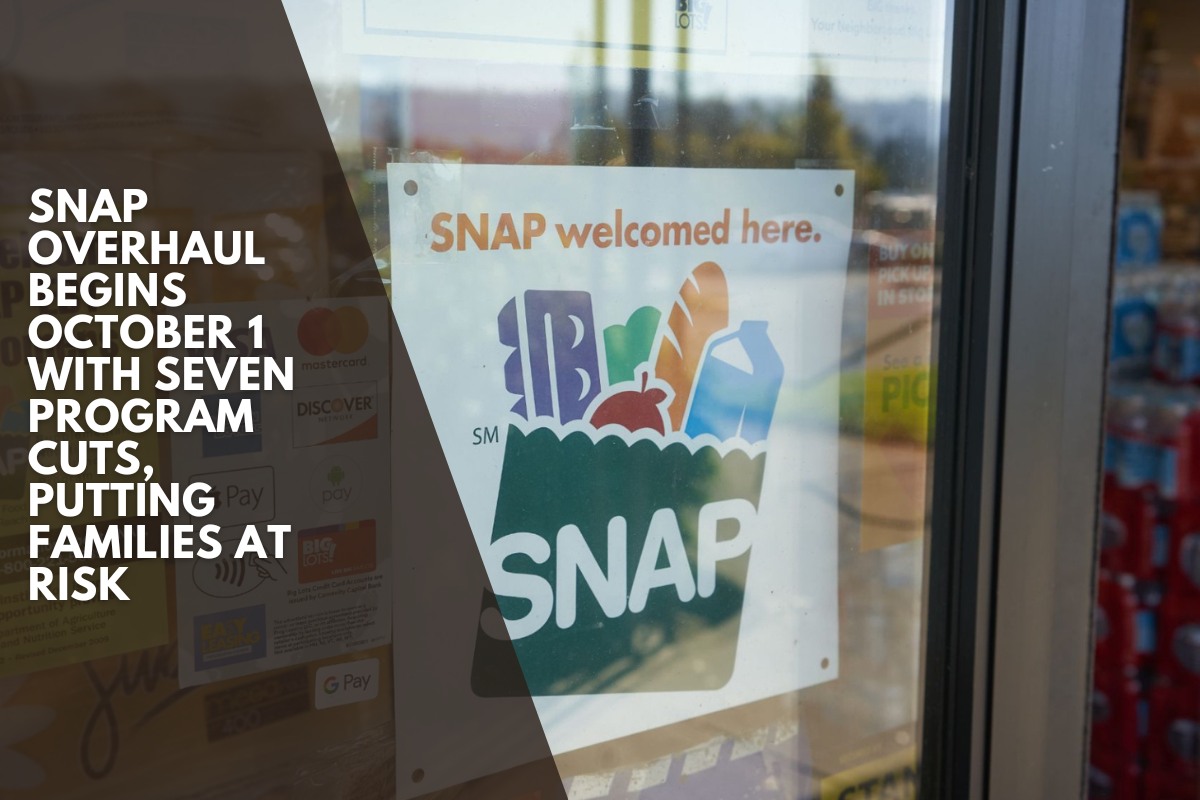For millions of retirees who rely on Social Security for a living, October 15, 2025 is more than just another date on the calendar. It’s the day when the federal government will reveal how much, or how little, benefits will increase in 2026.
Each fall, the Social Security Administration announces its annual cost-of-living adjustment (COLA), which is intended to keep benefits from losing value due to inflation.
The announcement is based on the Bureau of Labor Statistics’ September inflation data, which serves as the final piece of the puzzle in the calculation.
This year, all eyes are on the October 15 release, when the numbers will be official and retirees will know how much of a raise they can expect.
The formula for the COLA may appear technical, but the concept is straightforward: compare inflation in the third quarter of the year – July through September – to the same period a year ago.
The Consumer Price Index for Urban Wage Earners and Clerical Workers (CPI-W) serves as a benchmark. The percentage change, rounded to the nearest tenth of a percent, is the official COLA.
In practice, this means that September’s inflation report is crucial. Without it, the calculation is incomplete, which is why October 15 has become a watershed moment for retirees.
The Social Security Administration is expected to make its official COLA announcement shortly after the Bureau of Labor Statistics publishes its report at 8:30 a.m. ET.
The Senior Citizens League, a leading advocacy group for older Americans, anticipates a 2.7% increase in benefits in 2026. That would be slightly higher than this year’s 2.5% adjustment and slightly above the 21st-century average COLA of 2.6%.
On paper, a 2.7% increase appears encouraging. With the average Social Security benefit of around $2,008 per month in August 2025, the projected adjustment would result in approximately $54 more per month. For retirees on fixed incomes, every dollar counts.
However, the situation is complicated by another unavoidable factor: Medicare.
Medicare premiums could cut into gains
Most retirees’ Medicare Part B premiums are deducted directly from their Social Security checks, and those costs are expected to rise by 11.6% in 2026.
According to analysts, that increase could consume up to 40% of the expected COLA for many beneficiaries. In other words, while the gross benefit may increase by $54, a significant portion of that increase could be lost before it reaches the bank account.
This mismatch between benefit growth and rising healthcare costs is not new. In fact, many advocates argue that the CPI-W does not adequately reflect seniors’ spending patterns, as they typically devote more of their budget to housing and medical care, both of which have been rising faster than overall inflation.
If the projections are correct, 2026 could be the third consecutive year in which Social Security’s COLA fails to fully reflect the true inflation pressures faced by older Americans. This year, housing costs have risen by nearly 4%, while medical care has increased by approximately 3%.
Transportation costs, which weigh heavily on the CPI-W, have barely changed. The end result is a cost-of-living adjustment that appears reasonable on paper but leaves retirees struggling to keep up.
Many older Americans are frustrated by this reality. According to recent surveys, the majority of retirees believe COLA increases are insufficient to maintain their purchasing power.
With inflation remaining stubborn in areas that are most important to seniors, the chorus of dissatisfaction is expected to grow.
What retirees should do next
While the COLA figure will make headlines on October 15, retirees should also consider their Medicare costs, supplemental insurance premiums, and household budgets to understand the overall impact. For some, the COLA increase may only cover the increase in medical expenses.
The official announcement will be made on the Social Security Administration’s website, but the figure will also be widely reported by news outlets that morning.
For the time being, the takeaway is clear: October 15 is more than just a date to keep track of; it is the moment that determines how much breathing room retirees will have in the coming year.












